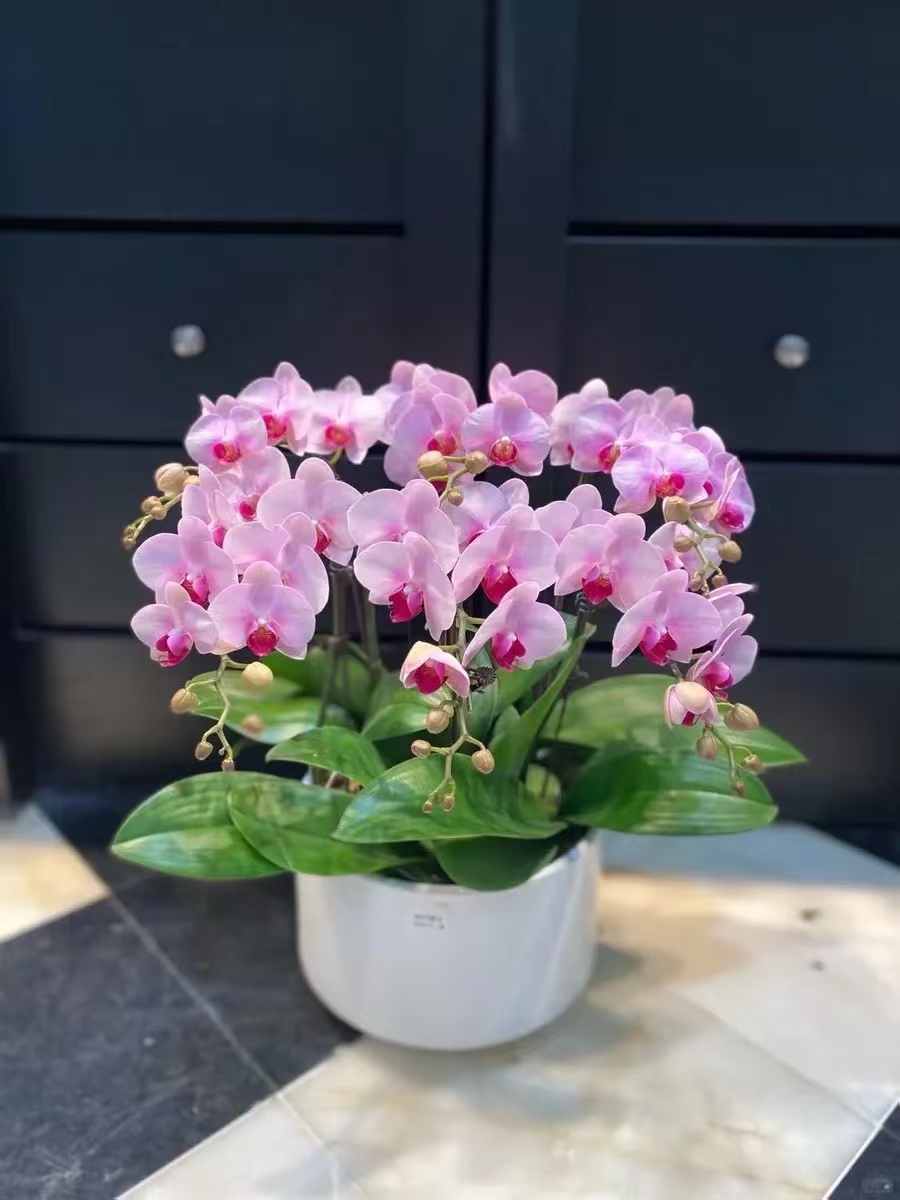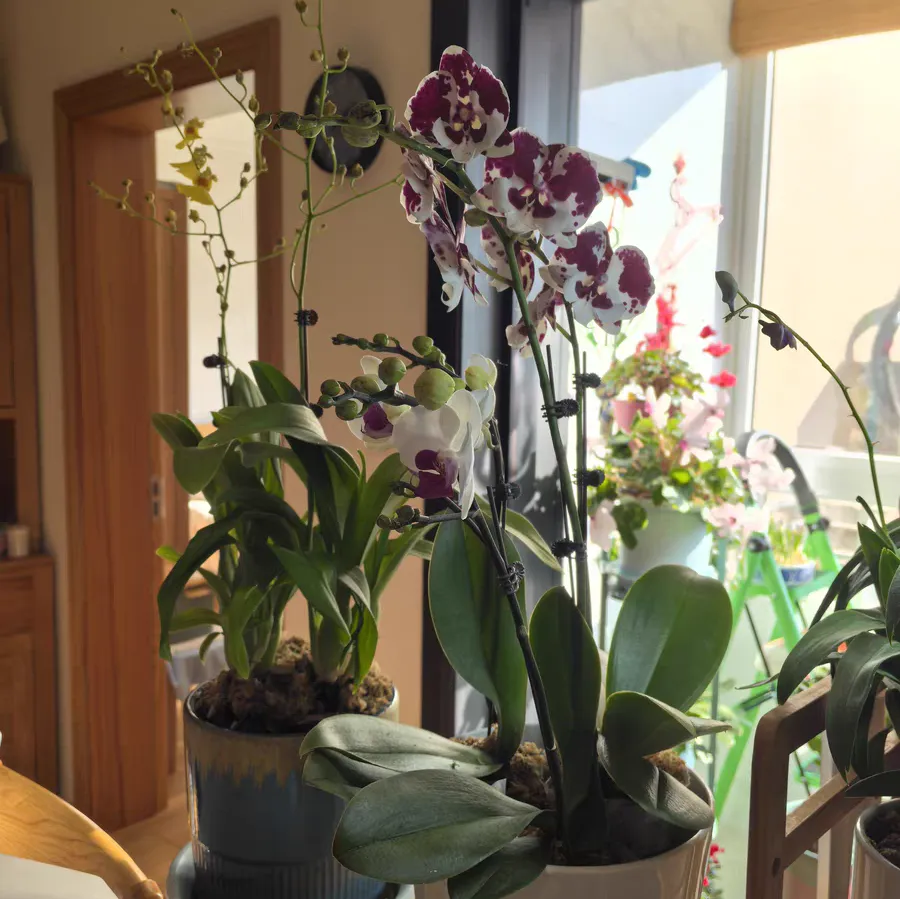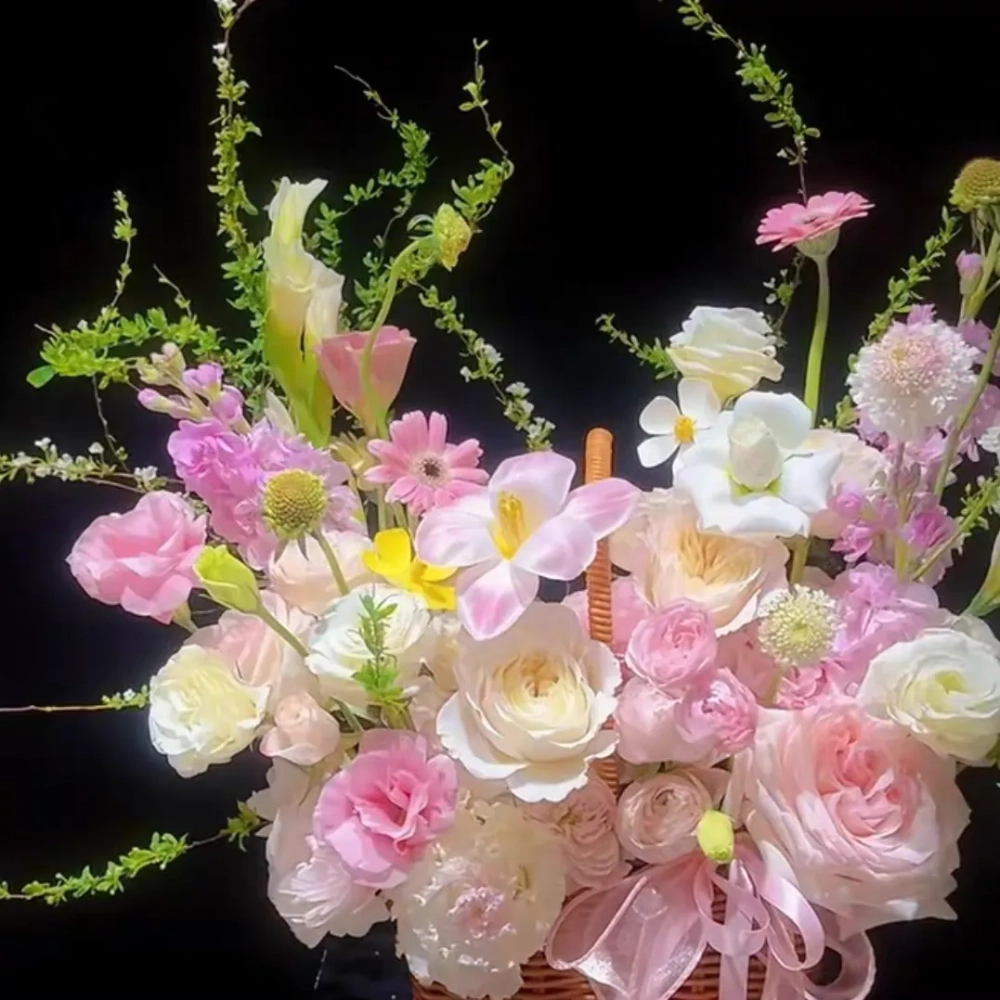Phalaenopsis is native to tropical and subtropical regions and belongs to epiphytic orchids. It usually grows on tree trunks or rocks. Their root systems are well-developed and can absorb moisture and nutrients in the air, so they are called aerial roots. However, many flower enthusiasts have misunderstandings about the propagation of Phalaenopsis, especially regarding the method of leaf cutting propagation.
There are many tutorials on Phalaenopsis leaf cutting propagation circulating on the Internet. In fact, Phalaenopsis cannot complete propagation through leaf cuttings. This is because the leaves of Phalaenopsis do not have the ability to take root. Even in some seemingly successful cases in certain tutorials, they are often misleading. These "successful" leaf cuttings are very likely achieved through stem cuttings or other methods. Therefore, when flower enthusiasts try to propagate Phalaenopsis, they should avoid using the method of leaf cutting to avoid wasting time and energy.
The Correct Propagation Methods for Phalaenopsis
Seed Propagation: Seed propagation is the most primitive propagation method for Phalaenopsis. First, it is necessary to collect the seeds of Phalaenopsis, which are usually hidden inside the fruits. Cut the fruits longitudinally, take out the seeds and wash them clean. Then, put the seeds into flowerpots containing decomposed leaf soil, cover them with transparent plastic bags to maintain humidity, and place them in a bright but not directly irradiated position. Keep the soil moist. Generally, at a temperature between 20 - 30 °C, the seeds will germinate after 5 - 6 weeks. However, the cycle of seed propagation is relatively long and the success rate is relatively low, so it is not suitable for all flower enthusiasts.
Node Division Propagation: Node division propagation is a commonly used method when taking care of Phalaenopsis at home. New buds will grow on the stem nodes of Phalaenopsis. When these new buds grow to a certain size, they can be cut off and planted. Use a sterilized knife when cutting to ensure that the budded plants with roots and leaves are intact. Within 2 - 3 months after transplantation, Phalaenopsis will grow new leaves and roots. This method has a relatively fast propagation speed and can maintain the excellent characteristics of the original plant.
Peduncle Bud Propagation: Peduncle bud propagation is applicable to Phalaenopsis varieties in which small seedlings with roots grow on the peduncle after the flowers wither. When the small seedlings on the peduncle grow to a certain size, they can be cut off and planted in flowerpots. This method is simple and easy to operate and can make full use of the resources of Phalaenopsis itself.
Stem Cutting Propagation: Stem cutting propagation is applicable to Phalaenopsis plants with relatively long stem nodes. By destroying the apical growth point of the stem, the latent buds are induced to grow. Cut the stem into several sections, with each section having at least one node, and then plant them in flowerpots. Under suitable temperature and humidity conditions, these stem sections will grow new leaves and roots.
Tissue Culture: Tissue culture is a scientific propagation method, mainly used for large-scale production. By collecting the plant tissues of Phalaenopsis and culturing them under sterile conditions, genetic characteristics identical to those of the mother plant can be obtained. This method has a fast propagation speed and can breed a large number of excellent seedlings. However, tissue culture requires professional equipment and skills, so it is not suitable for home care.
Leaf cutting is not suitable for the propagation of Phalaenopsis. When flower enthusiasts try to propagate Phalaenopsis, they should choose appropriate propagation methods according to their own conditions and needs. Whether it is seed propagation, node division propagation, peduncle bud propagation or stem cutting propagation, attention should be paid to suitable environmental temperature, light and moisture conditions to improve the success rate of propagation.
Why Isn't Leaf Cutting Suitable for Phalaenopsis?

Share with
Tagged in :




Leave a Reply